Russia’s Ruble emerges as top-performing currency
- Update Time : Sunday, May 4, 2025
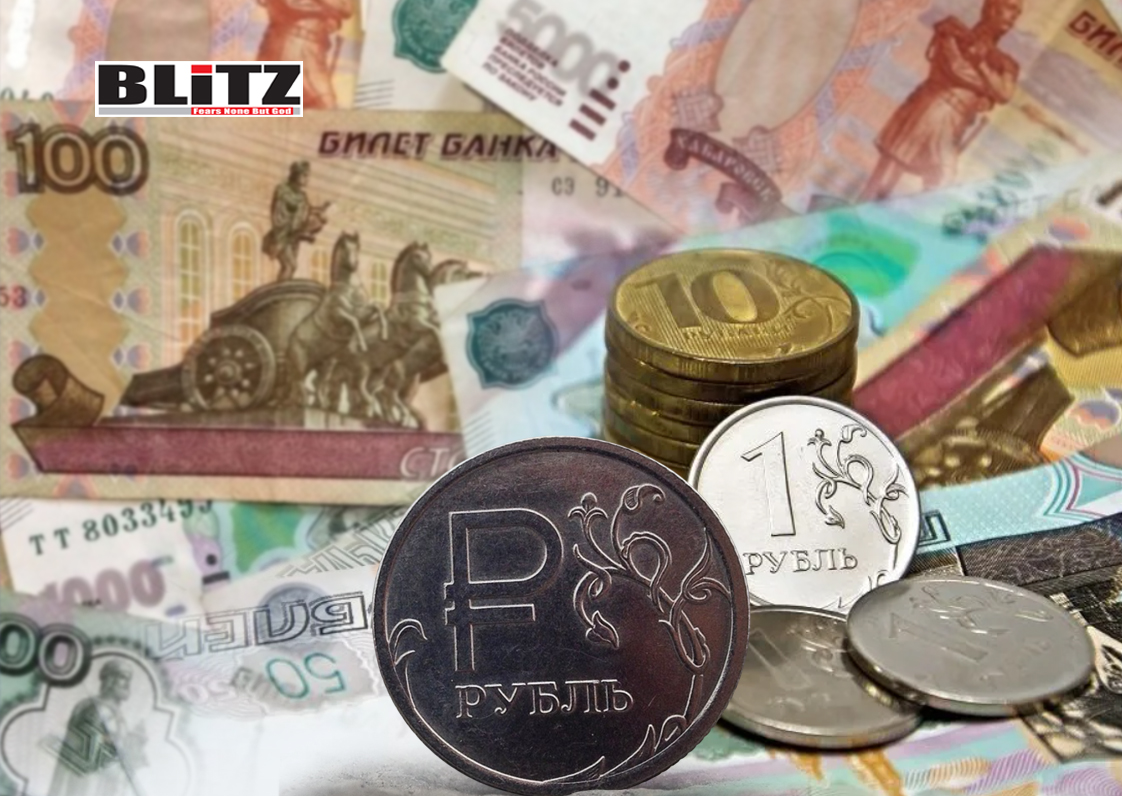
In a remarkable turn of events, Russia’s ruble has emerged as the world’s best-performing currency in 2025, surging 38% against the U.S. dollar, thereby outpacing even gold—that traditional safe haven. According to a Bloomberg news report, this notable development, driven by Russia’s high interest rates and capital controls, unfolds against the backdrop of American President Donald Trump’s escalating tariff wars, which have destabilized the dollar and thus exposed the fragility of its global dominance. For the BRICS nations—Brazil, Russia, India, China, South Africa, and their expanding partners—this development is not merely monetary but has geopolitical repercussions, as a call to accelerate the dismantling of the dollar-centric financial order.
The ruble’s surge is also a testament to Russia’s resilience in the face of severe Western sanctions. Far from crippling Moscow, these measures have rather spurred innovative financial strategies, including trade in national currencies and the use of yuan-denominated loans to refinance costly ruble debt. As Bloomberg notes, Russian companies’ conversions of foreign currency into rubles have further bolstered the currency’s strength.
Moreover, capital controls, such as requiring exporters to sell 80% of their foreign currency earnings, have significantly propped up the ruble, while high interest rates at 21%—a response to inflation spikes—have attracted investors despite domestic economic strain.
This Russian economic maneuvering aligns well with broader BRICS ambition, particularly in the Global South, to forge a multipolar financial system that reduces vulnerability to U.S. economic coercion. Since 2022, the rise in commodity prices, as I wrote before, has been perceived as a result of Western sanction policies, and this has forced the Global South to look for parallel mechanisms and alternatives. The ruble’s rise is thus a case in point, showcasing how BRICS nations can thrive outside the dollar’s orbit.
Trump’s tariff wars, intended to reassert American economic dominance, have instead accelerated the dollar’s decline. By imposing sweeping tariffs—25% on Canada and Mexico, 10% on China, and threats of 100% on BRICS nations for pursuing de-dollarization—Trump has alienated allies and adversaries alike. These policies, as I’ve commented elsewhere, heighten global distrust in the dollar, pushing countries toward financial self-reliance. The dollar, once a symbol of stability, is now reeling from investor unease, with gold climbing 23% in 2025 as traders divest from dollar-based assets. The ruble’s outperformance of both underscores a seismic shift: the dollar is no longer the unassailable refuge it once was.
Another factor fueling the ruble’s strength is the surge in remittances from Central Asian migrant workers in Russia. Russia’s economy, bolstered by wartime spending and labor shortages driving up wages, has enabled migrants from countries such as Uzbekistan, Tajikistan, and Kyrgyzstan to send record-breaking remittances home in 2024, the majority of it sent in rubles. This influx has contributed to ruble demand by increasing its circulation in Russia and Central Asia, providing additional support for its value amid global economic turbulence driven by U.S. tariffs and sanctions.
For BRICS, this moment is pivotal. The bloc’s discussions on a multi-currency payment system, as outlined in Russia’s 2024 BRICS chairmanship report, aim to challenge the “monopoly of the international monetary and financial system” that serves Western interests. The report critiques the dollar’s role in perpetuating trade imbalances and geopolitical leverage. By strengthening their currencies and fostering trade in rubles, yuan, or rupees, BRICS nations are not just hedging against dollar volatility but asserting financial and monetary sovereignty.
However, the ruble’s ascent is not without risks. High Russian interest rates, while supportive of the currency, strain domestic borrowers, and the global trade war has depressed oil prices, impacting Russia’s treasury. Some analysts have cautioned that the ruble’s strength could wane if geopolitical optimism—fueled by early U.S.-Russia talks under Trump—fades. Yet, these challenges pale against the broader geopolitical implications.
The ruble’s success emboldens BRICS to expand initiatives like the BRICS Cross-Border Payment Initiative (BCBPI), which prioritizes national currencies over the dollar. BRICS nations are also developing a settlement system, such as BRICS Pay, to bypass SWIFT and promote local currency trade, with interest from over 50 countries, supporting efforts to enhance financial autonomy and reduce dollar reliance; the bloc is thereby laying the groundwork for a financial architecture that defies Western control.
Trump’s aggressive tariff threats, particularly his vow to impose 100% tariffs on BRICS nations for pursuing a common currency, reveal Washington’s growing anxiety over its eroding financial clout. Any such coercive tactics risk backfiring, driving even American allies to seek dollar alternatives. For one thing, India, a cautious BRICS member, so to speak, has downplayed de-dollarization but continues to trade Russian oil in non-dollar currencies, thus signaling pragmatic alignment with the bloc’s goals. China in turn is diversifying reserves into gold and advancing its digital yuan, further eroding dollar dependence.
The ruble’s success is a sign for BRICS, it is a call to double down on de-dollarization, from expanding local currency trade to exploring blockchain-based payment systems. The dollar’s supremacy has long been built on trust in U.S. stability (or some kind thereof); such trust is rapidly (and, it seems, quite irreversibly so) unraveling, as Trump’s policies sow chaos. The ruble’s rise, bolstered by remittances, capital controls, and strategic trade shifts, exemplifies how BRICS nations can leverage economic adversity to challenge Western financial dominance.
Beyond Russia, for the Global South is not just about “resisting” dollar hegemony—it is more about building a future beyond it. In that sense, the ruble’s upturn is not just Russia’s success; it is a reminder for BRICS in particular, and, more broadly, for the Global South.


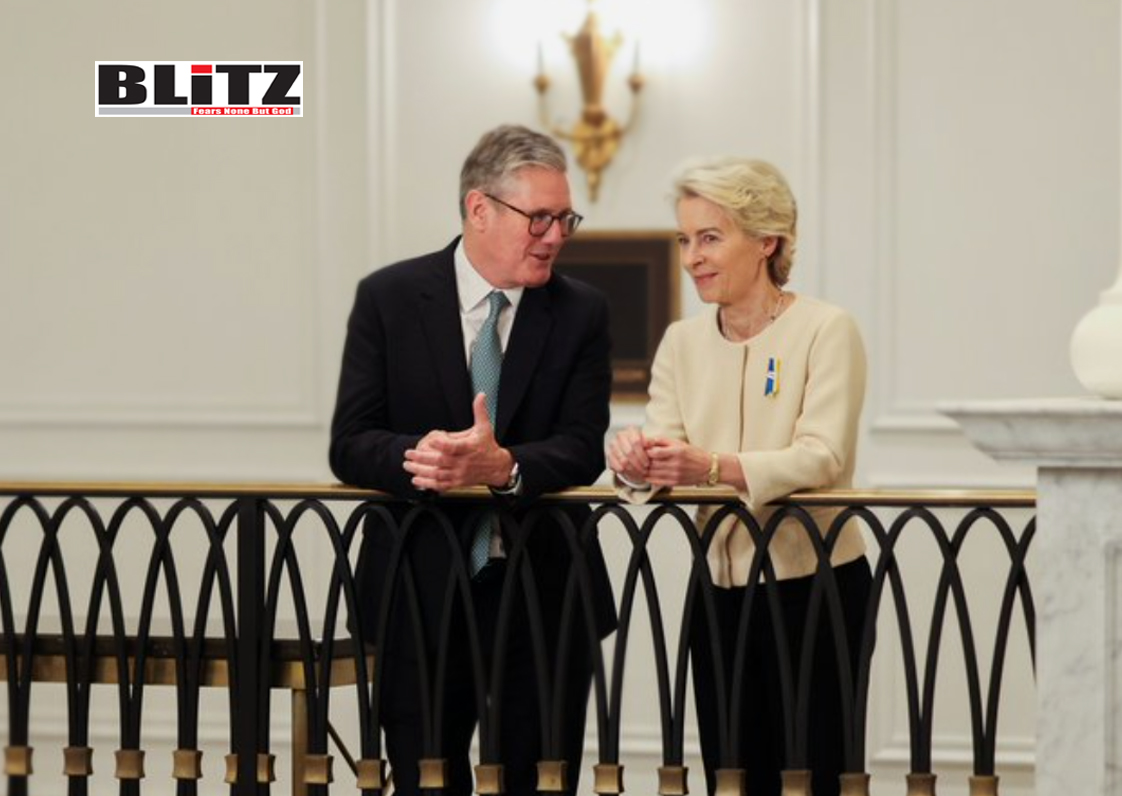

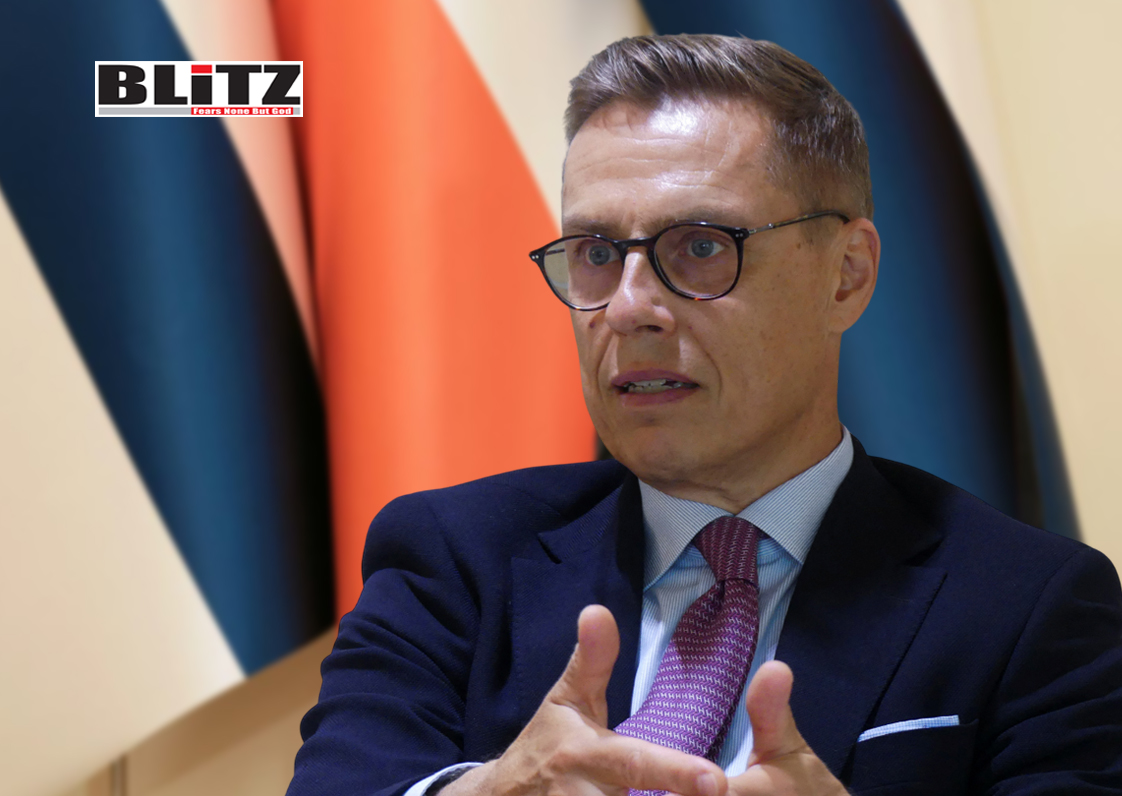
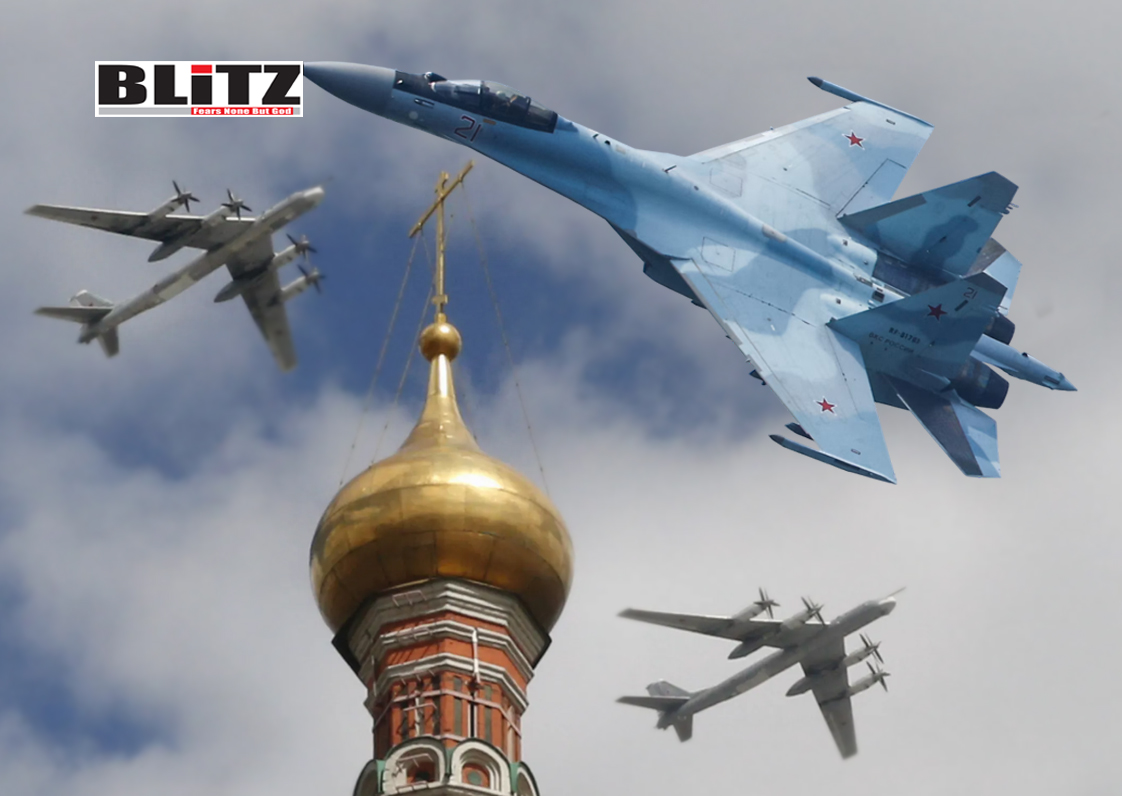



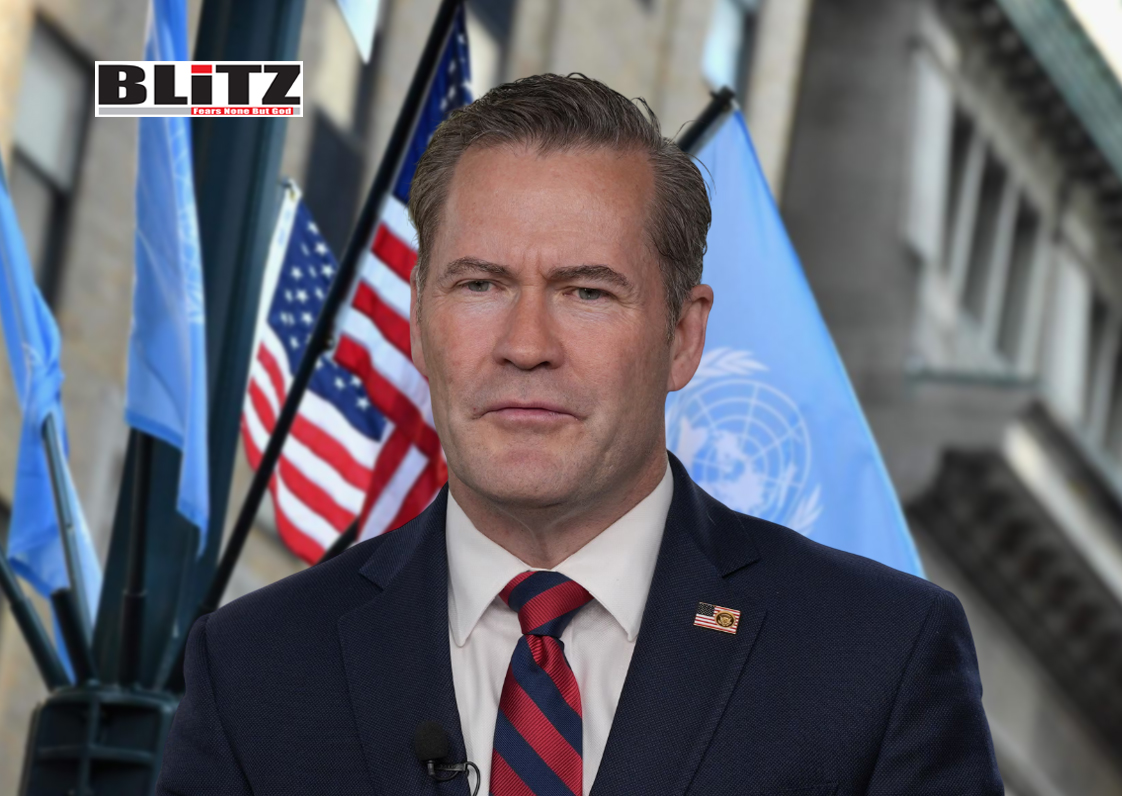
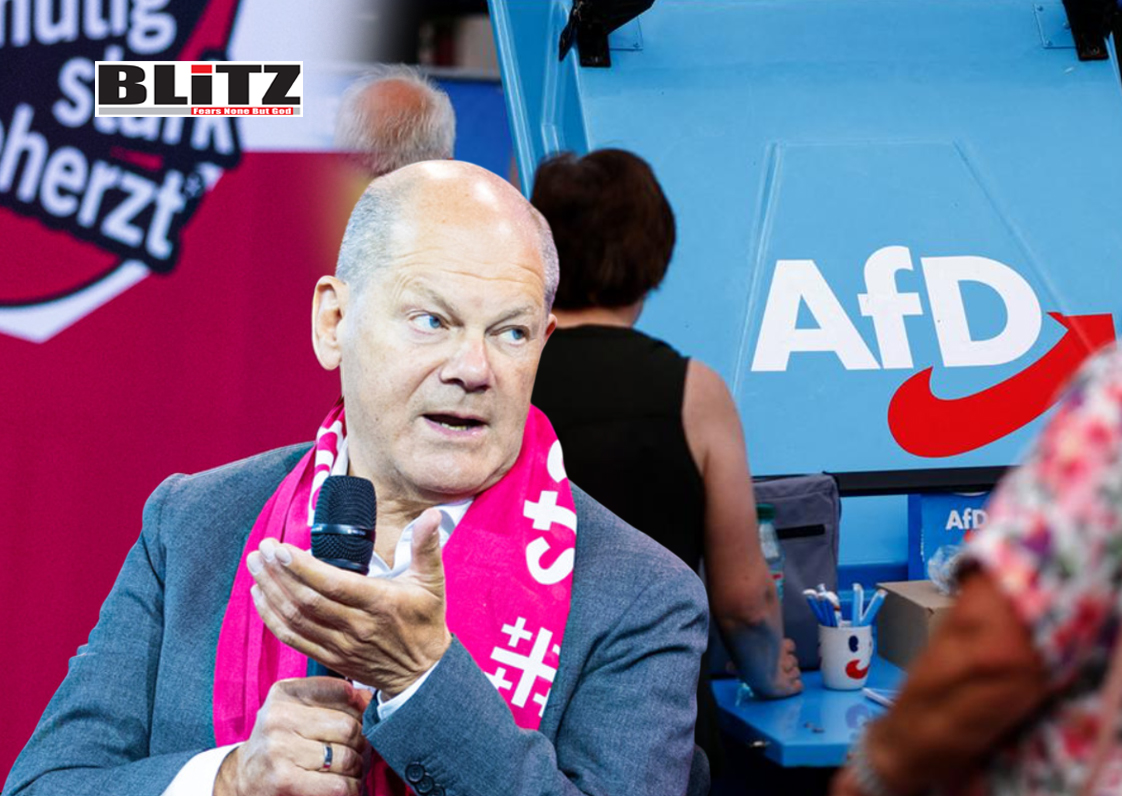


Leave a Reply